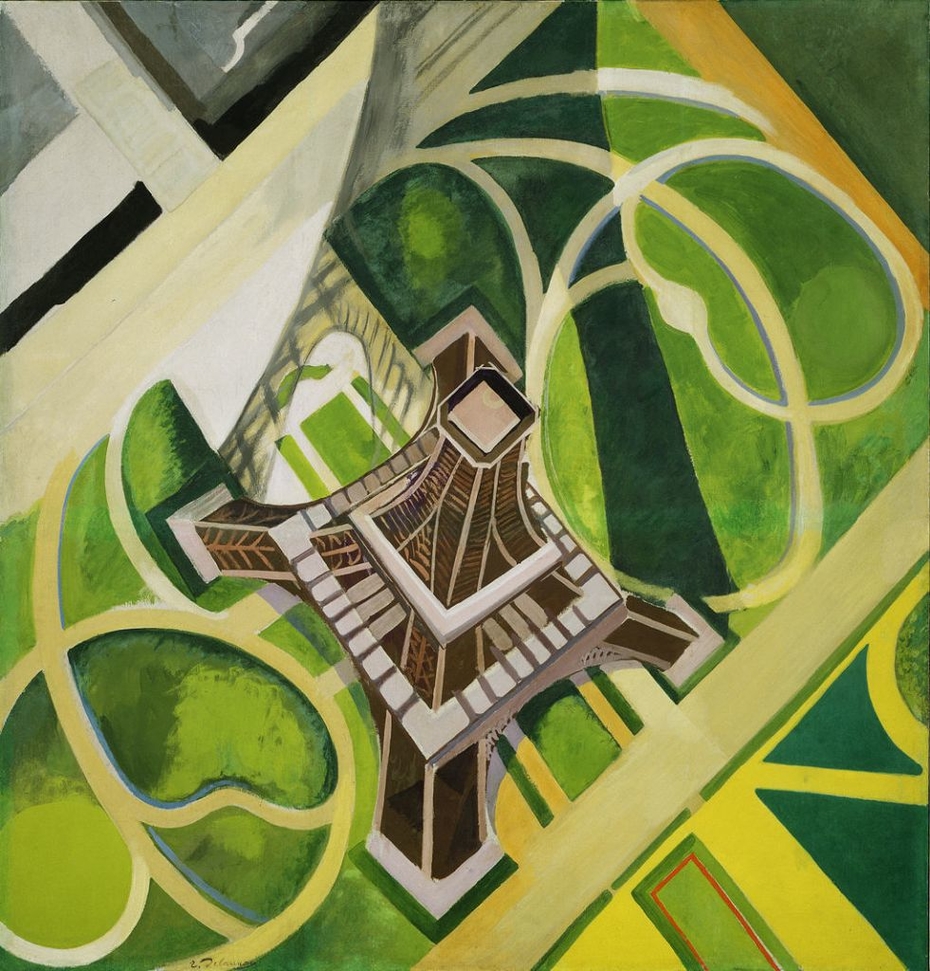Early Modern Art Blog
Early Modern Era
The Early Modern era was a period of significant innovation that transformed the world. It changed the way people traveled, accessed news, and enjoyed entertainment, but perhaps most importantly, it influenced artists' perspectives. In the early 1900s, the advent of the airplane enabled artists to capture the world from new vantage points. The introduction of the oscilloscope, an electronic device used to visualize sound and electrical waves, provided a means for artists to measure sound and inspire their portraits. Additionally, the improvements made for the camera, specifically the 35mm lens, allowed artists to capture their subjects in a higher quality, more efficient way. Each of these innovations played a crucial role in the evolution of the art world.
The airplane was invented by the Wright brothers in 1903, revolutionizing the way people perceive the world. This new mode of transportation offered artists a unique opportunity to create works from an entirely different viewpoint. A notable example is Robert Delaunay’s painting "Eiffel Tower and Gardens, Champ de Mars," created in 1922, which captures an aerial perspective. At that time, very few people had the chance to experience flight, making this perspective particularly distinctive.
Delaunay employed a form of cubism to convey the sensation of observing the Eiffel Tower from above. His use of geometric shapes reflects a sense of abstraction rather than realism, as evident in the numerous squares that compose the structure of the tower. Additionally, he contrasts vibrant colors, such as the bright green of the grass against the natural tones of the Eiffel Tower, to enhance the emotional connection to the scene.

"Eiffel Tower and Gardens, Champ de Mars" (1922) by Robert Delaunay
The oscilloscope was created to enhance the visualization and measurement of electrical signals. This innovative tool for observing sound and electricity fascinated artists who were drawn to the intersection of science and art. For instance, László Moholy-Nagy and his contemporaries within the Bauhaus movement explored how waveforms and oscillations could influence their abstract compositions, paving the way for groundbreaking work in kinetic and light art. Moholy-Nagy's Light-Space Modulator is a dynamic sculpture composed of moving glass and metal elements that produces captivating light displays, merging functionality with aesthetic beauty.
Light serves as a prominent artistic element in this piece. It acts both as a medium and a creative component, filtering through and reflecting off the sculpture's surfaces as it rotates, generating ever-changing shadows and reflections reminiscent of photograms. Furthermore, space plays a vital role, as the sculpture interacts with its surroundings, casting patterns that engage with the environment. Finally, the geometric shapes incorporated into the design, when illuminated, project intricate shadows and patterns, resulting in complex, layered compositions that build upon the abstract themes discussed in the class module.
The invention of the Leica camera with its 35 mm lens marked a significant advancement in photography. This innovation enabled photographers to take a large number of shots without the need to change film frequently. Its compact design made it easier to transport, making it particularly appealing for those interested in capturing dynamic scenes. For instance, the artist André Kertész utilized the Leica camera to create the iconic image "Meudon" (1928). In this photograph, Kertész beautifully depicts a man carrying a large, wrapped parcel as he walks past an elevated train in the background, with both elements arranged in a striking composition.
Kertész achieves a harmonious composition by positioning the man alongside the parcel and the elevated train, which adds depth and effectively guides the viewer’s gaze throughout the scene, thereby enhancing the narrative. The stark contrast between the dark figures and the bright sky highlights shapes and injects drama into the composition. Additionally, the pronounced lines of the bridge and the train, juxtaposed with the round shape of the parcel, create both contrast and geometric interest. The horizontal line of the bridge subdivides the scene, providing a sense of structure.

Works Cited
Kaninsky, Martin. “History of Leica: Tracing the Origins of German Precision in Photography.” About Photography, about photography, 14 Mar. 2024, about photography.blog/blog/history-of-leica#:~:text=The%20year%20was%201913%2C%20and,revolutionary%20concept%20at%20the%20time.
Kertész, André. “André Kertész, Meudon, France, 1928 - Artwork 42584.” Jackson Fine Art, 1 Jan. 1970, www.jacksonfineart.com/artists/andre-kertesz/meudon-france-1928/.
Magazine, Smithsonian. “The Airplane Changed Our Idea of the World.” Smithsonian.Com, Smithsonian Institution, 1 Apr. 2021, www.smithsonianmag.com/air-space-magazine/call-new-world-180977307/.



Comments
Post a Comment